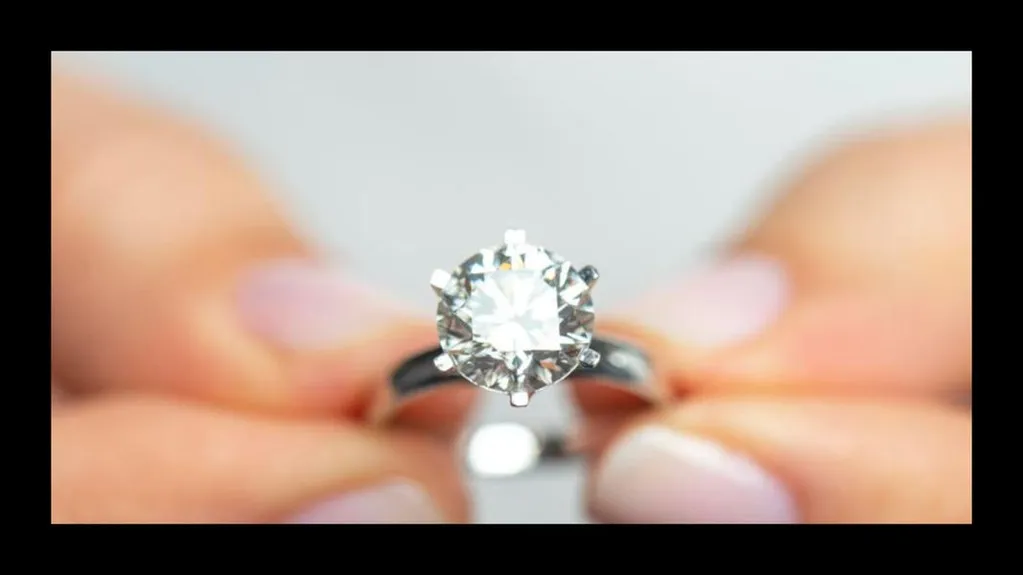Lab-grown diamonds have become a popular choice for jewelry and engagement rings because they're more affordable and are sourced sustainably. However, if you're wondering whether lab-grown diamonds are real, Britta Nolan, senior design consultant at Lauren B Jewelry, confirms that they are they're identical to natural diamonds. "Lab-grown diamonds have the same physical, chemical and optical properties as diamonds that come from the earth. The only difference is their origin," she says.
Both lab-grown and natural diamonds possess the same sparkle and shine, and due to their hardness can resist most scratches. They can also be certified by reputable gemological labs, such as the GIA (Gemological Institute of America) and IGI (International Gemological Institute).
Lab-grown diamonds are real diamonds that are created in a laboratory environment, retaining the same physical and chemical properties as naturally occurring gemstones. "One is created in a controlled laboratory environment over several weeks, while the other is formed deep within the earth over billions of years. Just like mined diamonds, lab-grown diamonds are crystals formed from pure carbon," says Nolan. Lab varieties still maintain the same hardness, 10 on the Mohs hardness scale, and may contain inclusions. "Think of it this way: Is the ice in your freezer any less real than the ice on a mountaintop? Not at all," says Nolan. "Both are made of the same thing -- just formed in different places."
There are two primary methods for producing lab-grown diamonds: High Pressure High Temperature (HPHT) and Chemical Vapor Deposition (CVD). HPHT is a process in which a diamond seed is placed in a chamber, and the carbon undergoes intense heat and pressure until it crystallizes into a diamond. With CVD, a thin diamond seed is placed into a vacuum chamber with a carbon-rich gas mixture that's heated. As carbon deposits build, the diamond grows layer by layer. With both methods, it takes several days to weeks for the diamond to reach its desired size before it's cut and polished.
Lab-grown diamonds are visually and chemically identical to natural ones, and they're often less expensive, but there are still a few disadvantages. According to Nolan, they tend to have lower resale value. "As technology improves, prices may continue to drop, making them less ideal for long-term investment," says Nolan. Also, some customers still prefer the symbolism and rarity of natural diamonds. "I recommend choosing based on your budget and personal preferences," says Nolan. Whether you purchase a lab-grown or natural diamond, this gemstone is valued for its timeless beauty, hardness and incredible sparkle.
